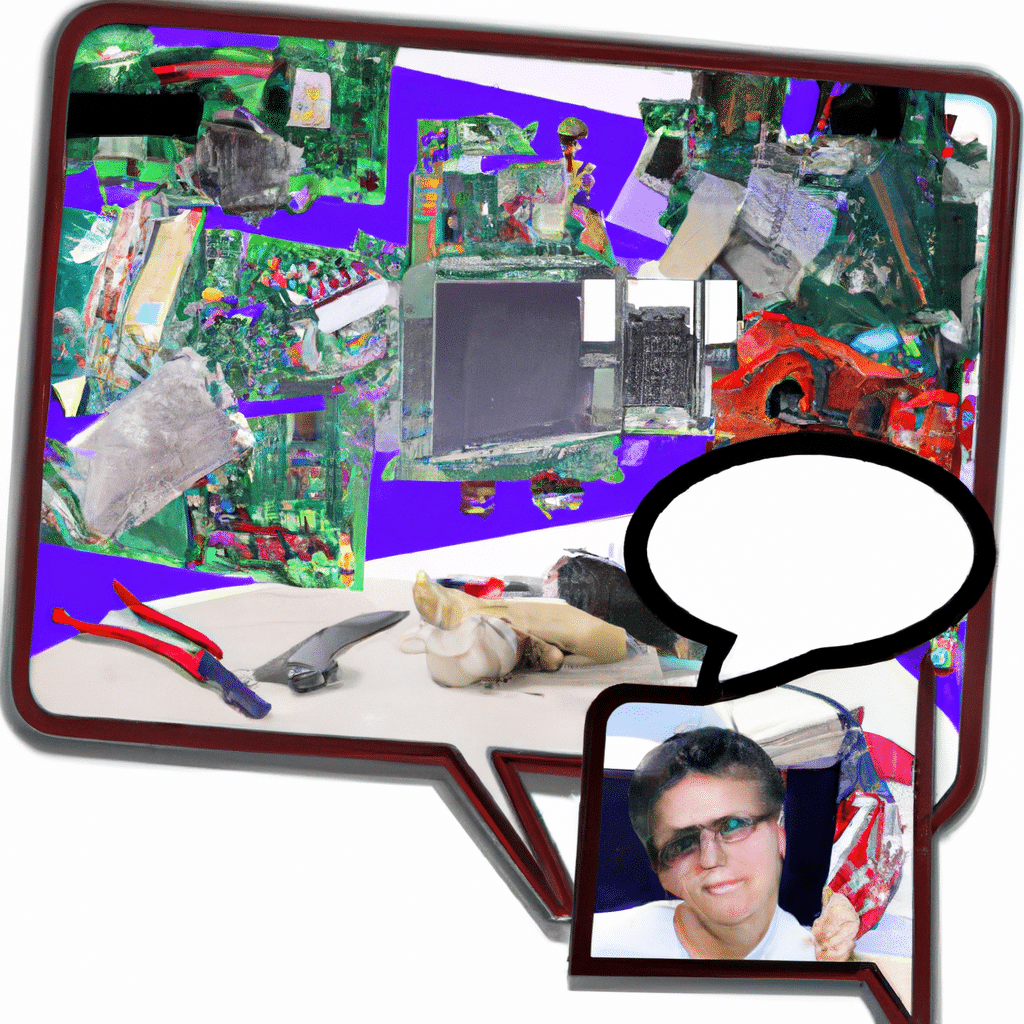Graphics cards are an essential component of any computer, whether it is a gaming rig or a workstation. They are responsible for rendering graphics and images on the screen, making them critical to the overall performance of the system. Graphics cards come with their own memory, which is used to store textures, images, and other data needed to render graphics. However, graphics card memory issues can sometimes occur, leading to performance problems and other issues. In this article, we’ll discuss how to fix graphics card memory issues and optimize your system for better performance.

What Causes Graphics Card Memory Issues?
Before we dive into how to fix graphics card memory issues, let’s first understand what causes them. Graphics card memory issues can occur due to a variety of reasons, including:
- The graphics card is outdated and doesn’t have enough memory to handle modern games or applications
- The graphics card is overheating, causing it to slow down or crash
- The drivers for the graphics card are outdated or not installed correctly
- The computer’s RAM is insufficient, causing the graphics card to rely more heavily on its own memory
- The graphics card is faulty or damaged
Now that we know what causes graphics card memory issues let’s look at some solutions to fix them.
Solution 1: Update Your Graphics Card Drivers
The first solution to try is to update your graphics card drivers. Outdated or incorrect drivers can cause performance issues and other problems, including graphics card memory issues. To update your graphics card drivers, follow these steps:
- Open the Start menu and type “Device Manager” in the search bar.
- Click on Device Manager from the search results.
- Expand the Display adapters section.
- Right-click on your graphics card and select “Update driver.”
- Follow the on-screen instructions to update your drivers.
Solution 2: Clean Your Graphics Card
Overheating can cause graphics card memory issues, so it’s essential to keep your graphics card clean from dust and other debris. Follow these steps to clean your graphics card:
- Power off your computer and unplug it from the wall.
- Open the case of your computer to access the graphics card.
- Use a can of compressed air to blow out any dust or debris from the graphics card and the surrounding area.
- Use a soft-bristled brush to gently clean the fan blades and other parts of the graphics card.
- Close the case of your computer and plug it back in.
Solution 3: Upgrade Your Graphics Card
If your graphics card is outdated and doesn’t have enough memory to handle modern games or applications, it may be time to upgrade to a newer model. Graphics cards with more memory and better performance can significantly improve your computer’s overall performance and eliminate graphics card memory issues.
Solution 4: Increase Your System’s RAM
If your computer’s RAM is insufficient, your graphics card will rely more heavily on its own memory, leading to performance issues. Increasing your system’s RAM can help alleviate this problem and improve overall performance. To increase your system’s RAM, follow these steps:
- Determine the type and amount of RAM your computer supports.
- Purchase the appropriate RAM modules.
- Power off your computer and unplug it from the wall.
- Open the case of your computer to access the RAM slots.
- Insert the new RAM modules into the available slots, ensuring they are securely in place.
- Close the case of your computer and plug it back in.
Solution 5: Replace Your Graphics Card
If your graphics card is faulty or damaged, it may be time to replace it. Faulty graphics cards can cause a range of problems, including graphics card memory issues. If you suspect your graphics card is faulty, consider replacing it with a new one.
Conclusion
Graphics card memory issues can be frustrating and impact your system’s overall performance. However, there are several solutions to fix these issues, including updating your graphics card drivers, cleaning your graphics card, upgrading your graphics card, increasing your system’s RAM, and replacing your graphics card. By following these solutions, you can optimize your system for better performance and eliminate graphics card memory issues.












